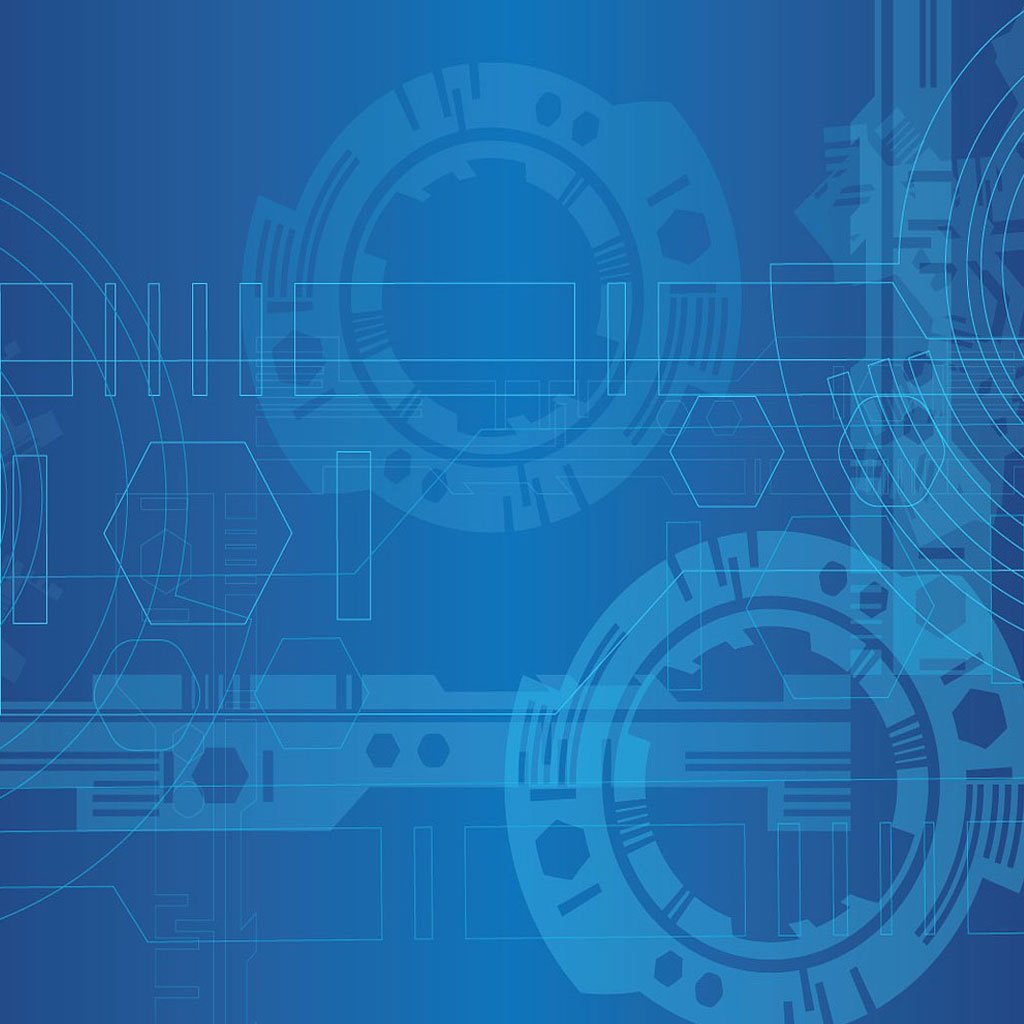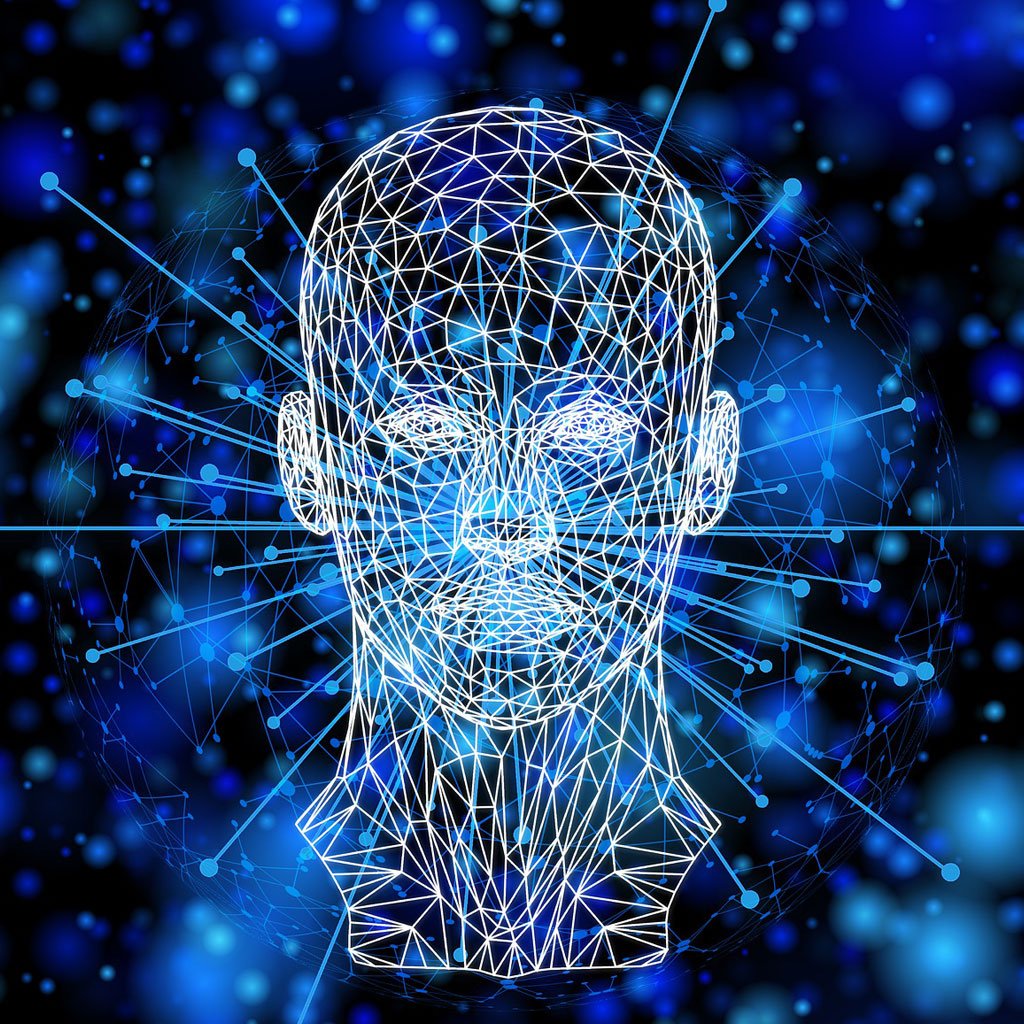
What is the difference between web 3.0 technology vs web 2.0 technology?
Last updated: March 15, 2024 | Digital Techtune
The internet has undergone transformative phases, each marking a significant shift in how we interact with digital content. Web 2.0 and Web 3.0 represent two such phases, each with distinct features, implications, and technological foundations. Understanding the differences between these iterations of the web is crucial for grasping the trajectory of digital innovation and its impact on various aspects of our online experience.
- Foundational Concepts:
Web 2.0:
- Characterized by the rise of interactive and user-generated content.
- Enabled social networking, blogging, and collaborative platforms.
- Emphasized the transition from static websites to dynamic, user-centric platforms.
- Centralization vs. Decentralization:
Web 2.0:
- Relies on centralized platforms and intermediaries to facilitate online interactions.
- User data is stored and controlled by platform owners, raising concerns about privacy and data ownership.
Web 3.0:
- Embraces decentralization, distributing control and data ownership among network participants.
- Blockchain technology facilitates peer-to-peer transactions and decentralized applications, reducing reliance on intermediaries.
- Data Ownership and Privacy:
Web 2.0:
- Users often surrender ownership of their data to centralized platforms in exchange for access to services.
- Centralized data storage and processing raise concerns about data privacy and security breaches.
Web 3.0:
- Empowers users with greater control over their data and digital identities through decentralized identity solutions.
- Blockchain-based encryption and decentralized storage mechanisms enhance data privacy and security.
- Semantic Intelligence and Interoperability:
Web 2.0:
- Operates primarily on a syntactic level, with limited semantic understanding of content.
- Lack of interoperability between different platforms and data sources hampers seamless data exchange.
Web 3.0:
- Aspires to make the web more intelligent and contextually aware through the semantic web.
- Standards such as linked data and APIs facilitate interoperability and integration across diverse data sources and applications.
- Trust and Security:
Web 2.0:
- Relies on centralized entities to ensure trust and security, leading to vulnerabilities and data breaches.
- Users must trust platform owners to safeguard their data and execute transactions securely.
Web 3.0:
- Leverages blockchain technology to enhance trust and security through cryptographic protocols and decentralized consensus mechanisms.
- Smart contracts enable trustless transactions and eliminate the need for intermediaries, reducing the risk of fraud and manipulation.
- Economic Models and Incentive Structures:
Web 2.0:
- Centralized platforms extract value from user-generated content without adequately compensating contributors.
- Users have limited avenues to monetize their contributions or participate in the platform economy.
Web 3.0:
- Introduces new economic models based on tokenization and decentralized governance.
- Users can earn rewards and incentives for contributing to decentralized networks and applications, aligning incentives between stakeholders.
- Governance and Community Engagement:
Web 2.0:
- Operates under proprietary governance models, with decision-making authority concentrated in the hands of platform owners.
- Users have limited input in shaping platform policies, features, and content moderation practices.
Web 3.0:
- Promotes decentralized governance models and community-driven decision-making processes.
- Decentralized Autonomous Organizations (DAOs) enable transparent, democratic governance of decentralized protocols and applications.
- Trust and Security:
- Innovation and Experimentation:
Web 2.0:
- Closed ecosystems and proprietary platforms limit innovation and collaboration among developers.
- Access to data, APIs, and development tools is restricted, hindering experimentation and interoperability.
Web 3.0:
- Embraces open protocols and permissionless innovation, fostering a vibrant ecosystem of decentralized applications and protocols.
- Developers have unrestricted access to blockchain networks and decentralized infrastructure, enabling experimentation and collaboration across diverse use cases.
Conclusion: Web 2.0 and Web 3.0 represent distinct phases in the evolution of the internet, each with its own set of characteristics, implications, and technological innovations. While Web 2.0 revolutionized user-generated content and social interaction, Web 3.0 seeks to democratize data ownership, enhance trust, and create a more intelligent, decentralized web. Understanding the differences between these two iterations is essential for navigating the complexities of the digital landscape and harnessing the transformative potential of emerging technologies.

